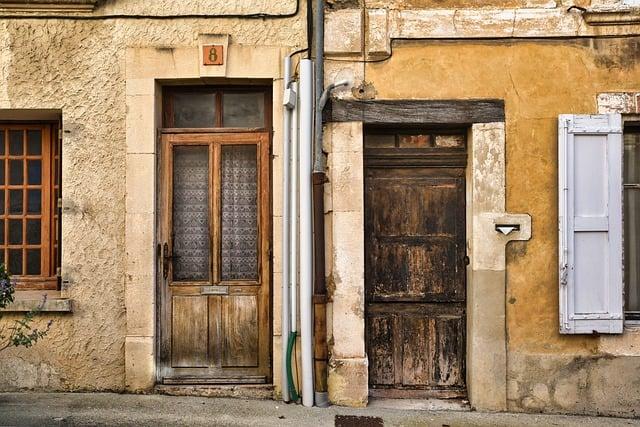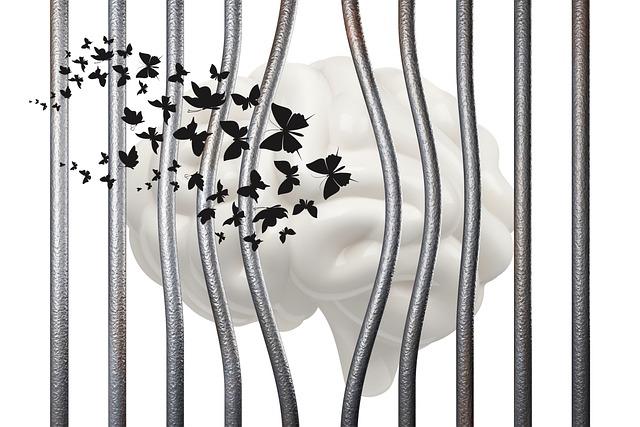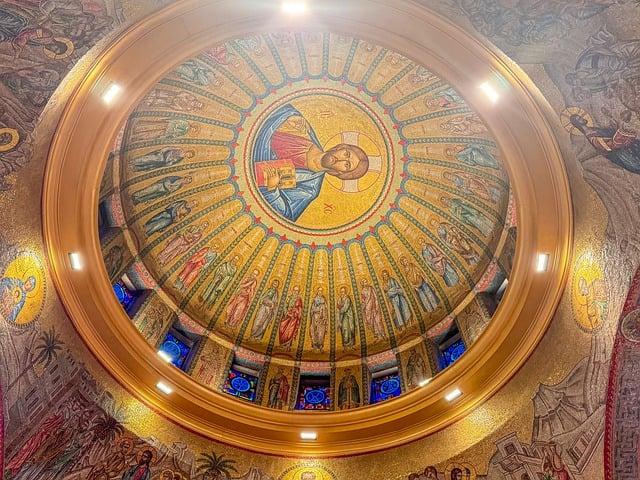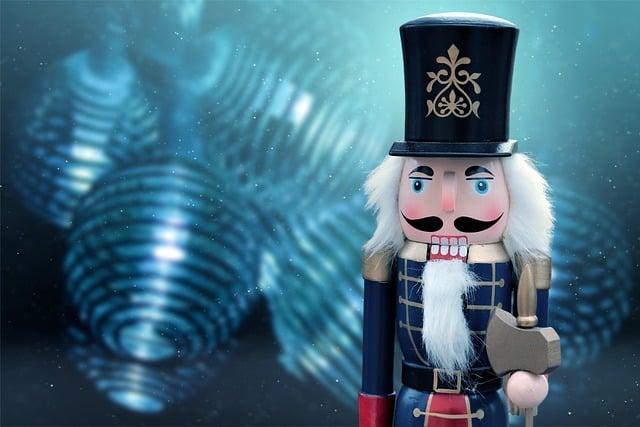Once upon a time in a small village, the winter nights grew long and dark. To combat the gloom, the villagers decided to hang colorful lights and ornaments on their homes. Each decoration told a story: the twinkling stars represented hope, the evergreen branches symbolized resilience, and the bright colors sparked joy. As they gathered around, laughter filled the air, and warmth spread through their hearts. This tradition blossomed, reminding everyone that decorations were not just for beauty, but a celebration of togetherness and the light within.
Table of Contents
- The Historical Roots of Christmas Decorations
- The Psychological Benefits of Festive Decor
- Creative Ideas for Personalizing Your Holiday Space
- Sustainable Practices for Eco-Friendly Christmas Decor
- Q&A

The Historical Roots of Christmas Decorations
The tradition of adorning our homes with festive decorations during the Christmas season has deep historical roots that intertwine with various cultural practices. In ancient times, people celebrated the winter solstice, a time when the days began to lengthen and the promise of spring was on the horizon. To ward off the darkness and invite the return of light, they would decorate their homes with evergreens, symbolizing life and resilience. This practice evolved over centuries, absorbing influences from different cultures, including the Romans, who celebrated Saturnalia with greenery and lights, and the Norse, who honored Yule with similar customs.
As Christianity spread, many of these pagan traditions were adapted into the celebration of Christmas. The use of **holly**, **mistletoe**, and **pine** became emblematic of the season, each carrying its own significance. For instance, holly was believed to represent Christ’s crown of thorns, while mistletoe, with its ability to thrive even in winter, symbolized peace and goodwill. The introduction of the Christmas tree in the 16th century, adorned with candles and ornaments, further solidified the practice of decorating as a way to celebrate the holiday. Today, these age-old customs continue to evolve, blending nostalgia with modern creativity, as families around the world embrace the spirit of the season through vibrant displays of joy and togetherness.

The Psychological Benefits of Festive Decor
Decorating for the festive season goes beyond mere aesthetics; it taps into our psychological well-being in profound ways. The act of putting up decorations can evoke feelings of nostalgia, transporting us back to cherished memories of childhood and family gatherings. This connection to the past fosters a sense of continuity and belonging, reminding us of the traditions that shape our identities. As we adorn our spaces with twinkling lights and vibrant ornaments, we create an environment that encourages warmth and togetherness, inviting friends and family to share in the joy of the season.
Moreover, festive decor can significantly enhance our mood and overall mental health. Engaging in the creative process of decorating stimulates the brain’s reward system, releasing dopamine and promoting feelings of happiness. The vibrant colors and cheerful motifs associated with holiday decorations can uplift our spirits, combating the winter blues that often accompany the colder months. Additionally, the act of decorating can serve as a form of mindfulness, allowing us to focus on the present moment and appreciate the beauty around us. This simple yet impactful ritual not only beautifies our surroundings but also nurtures our emotional well-being.

Creative Ideas for Personalizing Your Holiday Space
Transforming your holiday space into a personal sanctuary can be a delightful endeavor. Start by incorporating **handmade ornaments** that reflect your personality and memories. Consider crafting decorations from materials like felt, wood, or even recycled items. These unique pieces not only add charm but also tell a story. You might also want to create a **themed color palette** that resonates with your style—think beyond traditional reds and greens. Soft pastels or bold jewel tones can create a fresh and inviting atmosphere. Don’t forget to include **family photos** in your decor; displaying cherished moments can evoke warmth and nostalgia, making your space feel truly special.
Another way to personalize your holiday space is by integrating **natural elements**. Use pinecones, branches, or dried citrus slices to bring the beauty of the outdoors inside. These organic touches can be arranged in bowls or hung as garlands, adding texture and a rustic feel. Additionally, consider setting up a **customizable advent calendar** that reflects your family’s traditions. Fill it with small treats or notes that celebrate daily moments leading up to the holiday. Lastly, create a cozy reading nook adorned with **seasonal throws and pillows** that invite relaxation and reflection. This blend of creativity and personal touches will ensure your holiday space is not just decorated, but truly a reflection of you and your loved ones.

Sustainable Practices for Eco-Friendly Christmas Decor
Embracing eco-friendly Christmas decor not only enhances the festive spirit but also reflects a commitment to sustainability. Consider using **natural materials** such as pinecones, twigs, and dried fruits to create beautiful ornaments that celebrate the season. These items can be easily sourced from your surroundings, reducing the need for plastic and synthetic decorations. Additionally, **upcycling** old decorations or repurposing everyday items can add a unique touch to your holiday setup while minimizing waste. For instance, glass jars can be transformed into charming candle holders, and fabric scraps can be woven into garlands.
Another way to ensure your holiday decor is environmentally friendly is by opting for **live plants** instead of artificial ones. A potted Christmas tree can be enjoyed throughout the season and then planted in your garden afterward, contributing to the environment long after the holidays are over. Furthermore, consider using **biodegradable materials** for wrapping gifts, such as recycled paper or fabric, which can be composted after use. By making these conscious choices, you can create a festive atmosphere that honors both tradition and the planet.
Q&A
-
What is the historical significance of Christmas decorations?
Christmas decorations have roots in ancient traditions, where people adorned their homes with greenery to celebrate the winter solstice. Over time, these practices evolved, incorporating symbols of Christianity, such as the nativity scene and the Christmas tree, to represent joy and hope during the festive season.
-
How do decorations enhance the holiday spirit?
Decorations create a festive atmosphere that brings people together. The vibrant colors, twinkling lights, and familiar symbols evoke feelings of nostalgia and joy, fostering a sense of community and celebration among family and friends.
-
Are there any cultural variations in Christmas decorations?
Yes, Christmas decorations vary widely across cultures. For instance, in Mexico, vibrant piñatas are common, while in Italy, elaborate nativity scenes are a staple. Each culture incorporates unique elements that reflect their traditions and values, enriching the global tapestry of holiday celebrations.
-
What role do personal traditions play in decorating for Christmas?
Personal traditions are integral to the decorating process, as families often have their own unique customs and heirlooms. These practices not only strengthen family bonds but also create lasting memories, making the act of decorating a cherished ritual that is passed down through generations.
As the twinkling lights and festive ornaments adorn our homes, we embrace a timeless tradition that transcends generations. Christmas decorations not only brighten our surroundings but also illuminate the spirit of togetherness, joy, and hope.

大家好,我是彼得潘,專業的手法身體治療師。我喜歡探索和研究各種主題,並透過與人工智慧的合作分享專業、實用、有趣的文章。我們定期進行人工審核,以確保內容的準確性。如果您發現文章中有任何不準確的地方,請隨時與我們聯繫,我們會及時糾正。您可以透過 [email protected] 與我們聯繫。



